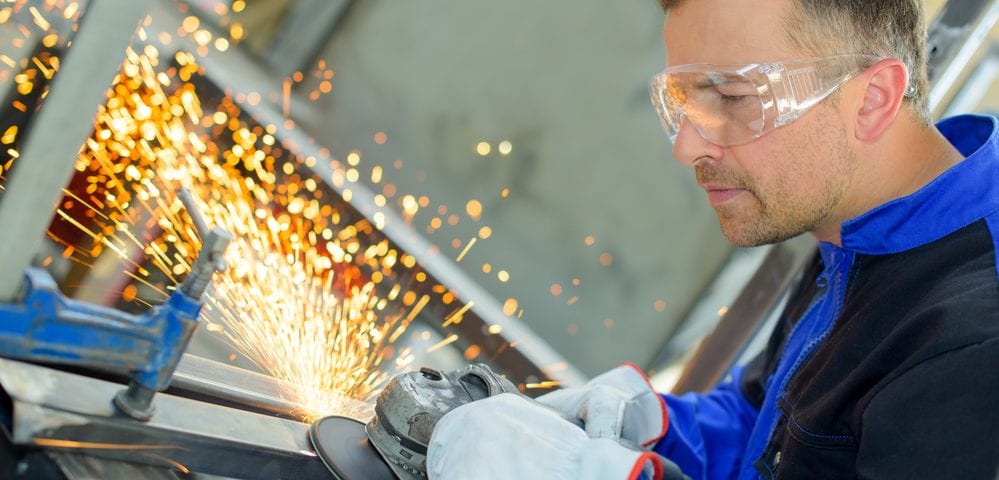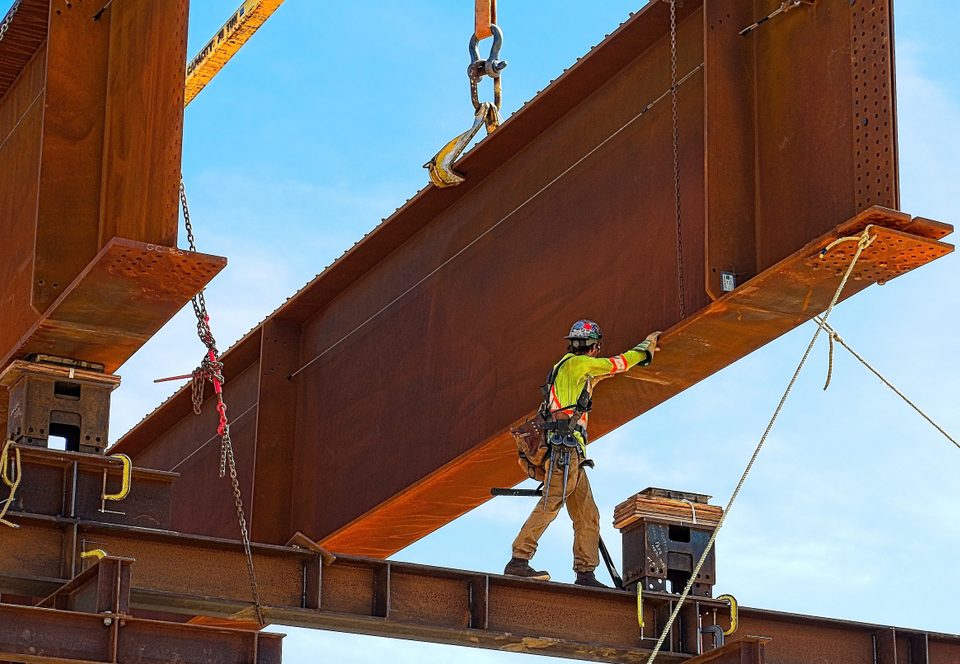The Turned, Ground and Polished Metal Process

Understanding Blanchard and Precision Grinding
March 15, 2019
Selecting Proper Fit-to-Size Metal Cutting Method, Part 1
April 5, 2019When working with metal shafts for high-speed applications of any kind, there’s a lot of precision and detail involved. Shafts with rough finishes or straightness issues can wear down faster and become unsafe, and as a result, a process known as turned, ground and polished is often used to prevent this.
At Wasatch Steel, we can help with this and many other processes as part of our steel services. Here are some basics on what turned, ground and polished means, when it might be optimal to use this method, and another similar alternative that’s also available to you.
Turned
The whole goal of this process is to take a course or rough metal rod and turn it into a straight, smooth shaft that has the desired finish. The first step here is turning.
During turning, oversized steel rods will be placed into a lathe chuck, which will be tightened. A cutting tool will then be placed in the lathe’s tool holder, and the lathe will be started and begin spinning the rod. Once the rod gets up to the required speed, the cutting tool is fed in and begins the actual turning process. This continues until the rod has been brought to the proper size, which often takes a couple passes depending on the size of the rod.
Ground and Polished
To the untrained eye, a steel rod that’s gone through the turning process may appear fully ready for use as a precision shaft. It will be straight and smooth, after all. But pros can tell you that it needs another couple steps first, mainly to get rid of any rough surface conditions that might cause premature wearing.
To do this, your rod will be rotated in a chuck using a grinding wheel instead of a cutting tool like above. The wheel removes small pieces of material. Once it’s done, a polishing wheel is used to give the surface the perfect finish. Only at this point can a metal rod be considered fully turned, ground and polished.
Common Applications
There are a number of applications to the turning, grounding and polishing process for shafts, including:
- Pistons rods
- Bolts
- Tool shanks
- Pinions
- Axles
- Mandrels
- Motor shafts
- Tie-rods
Drawn, Ground and Polished
Another very similar process is one known as drawn, ground and polished. It’s nearly identical to turned, ground and polished, but rather than turning the metal rod down ahead of grinding, it involves cold drawing the rod to the proper size instead. From here, the grinding and polishing phases will be the exact same as those we described above. This helps with certain mechanical properties for some metal types.
For more on the turned, ground and polished process, or to learn about any of our steel services, speak to the pros at Wasatch Steel today.



